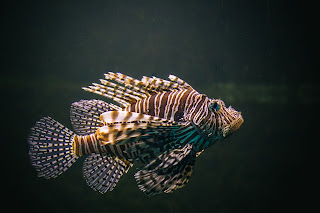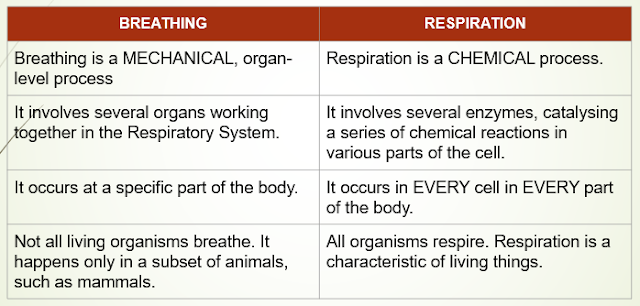POPULATION DYNAMICS [CSEC BIOLOGY]
SYLLABUS REFERENCE
[B7.1] discuss the factors that affect the growth and survival of populations including human populations;
INTRODUCTION
This is a Lionfish - Pterois volitans (red lionfish) and Pterois miles (devil firefish).
The following is a short video about it.
This article explores the factors that influence the growth of natural populations, and explore how human populations are affected differently.
POPULATION
A group of organisms of the same species that occupy the same habitat at any one time.
POPULATION GROWTH CURVES
- [a] Lag Phase: a set number of organisms migrate to a new area; a period of little growth. The new population of algae grows slowly at first. Although they reproduce, the total number of plants does not increase very quickly, at first.
- [b] Log Phase: Organisms reproduce, so numbers increase greatly. At first, there are no limiting factors, so the population begins to grow at a rapid rate, steadily doubling over time.
- [Between b & c] Transitional Phase: Growth rate begins to slow down as competition for resources increases.
- [c] Stationary Phase: Little to no growth; births and deaths help to level off the numbers. After a while, there is not enough oxygen in the water to sustain all the algae. This causes reproduction rates to slow to a point where there is no increase in numbers.
- [d] Death Phase: As oxygen runs out, more algae die off and the number in the population drops.
FACTORS RESTRICTING POPULATION GROWTH
These are main environmental factors that slow, stabilize or cause population growth decline.
They work by putting pressure on the processes that add or remove individuals from a population, as shown below.
Now let's take a look at those factors in some detail:
There are some other factors that restrict population growth:
Migration
Organisms migrate in search of food and to increase their chances of survival. The numbers in the population could decrease as the organisms may not return.
This is an important factor when considering human populations in specific countries and geographic regions. It also has had a significant effect on Caribbean populations over the years.
 |
| Click Here for an Interactive Version of this Chart |
Disasters
This can reduce the size of a population, as they often cause loss of habitat. Organisms that survive the disaster may still die due to lack of food, or they may migrate.
There are two main types of disasters:
- Natural (hurricanes, earthquakes, volcanic eruptions)
- Human-made (oil spills and fires)
THE HUMAN POPULATION - GLOBAL TRENDS
 |
| Click Here for an Interactive Version of this Chart |
- Improved food supplies
- Increased food production
- Better facilities for storage and transporting foods.
- A better understanding of how disease is caused
- Many infectious diseases have been controlled
- Improved sanitation
- Humans do not have any predators.
As mammals, humans have the same needs as other animals. We need space, food, and water. Humans are also susceptible to diseases that can be fata.
Also, although we have few natural predators, humans often kill each other in times of war. Water and conflict lead to an increase in the death rate. They can also lead to a decline of breaths, as family life is disrupted, while food and water sources as blocked or damaged.
SUMMARY
The size of a species' population is constantly changing over time and is balanced between birth and death rates, as well as rates of immigration vs emigration. This balance is affected by various environmental factors, such as predation, resource availability, and diseases.
Human populations are similar to that of other species, in terms of their basic needs for food, space, etc. However, since the 19th century, humans have found ways to overcome some of these restrictive factors. The result is a rapidly increasing global population, with no stabilisation phase in sight so far.
Their population growth curves reflect this difference. A typical growth curve for most species is sigmoid (S-shaped). The growth curve for the human population is J-shaped.
Human populations are still vulnerable to various factors, and some that are particular to this species - namely war and conflict. Wherever it occurs, it causes drastic changes in the local population, due to increased death rate and migration (refugees), and a drop in birth rate.
FURTHER READING
- Population Growth Patterns
- The Lionfish and Their Impact
- Invasive Species







